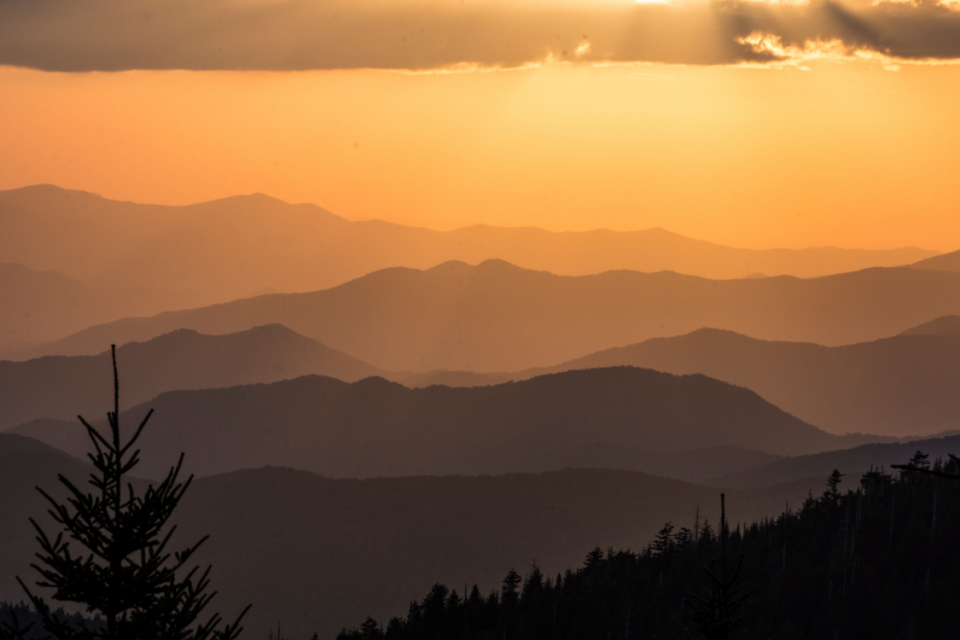Living Green: Wild weather sends stark warning
September 18, 2023

We are living in weird weather times.
Normally we’d be about to hit the peak of wildfire season, those dangerous months of September and October, where fuel is at its driest after a hot summer and the potential for sudden blazes is extremely high.
But things are a little different this year.
We’ve just experienced Tropical Storm Hilary, the first tropical storm to hit Southern California in 84 years.
The storm brought flooding, power outages, mudslides, downed trees and high winds as the storm raged through the Baja peninsula and north to us here.
We had more rain fall here than on any other August day on record.
Just weeks earlier, we witnessed almost unimaginable devastation as fires tore through Maui, with more than 100 lives lost, families left grieving and bereft, while homes and businesses were destroyed.
It was the deadliest U.S. wildfire in more than a century.
The combination of extremely low rainfall and powerful winds created the conditions for this destruction, in an environment where fires of this severity are almost entirely alien.
This was definitely unexpected, and consequently very hard to plan for.
Then there’s the spate of wildfires in Canada between May and July which covered parts of the country and the northern U.S. in eerie, toxic smoke.
Nearly 34 million acres have burned in Canada this wildfire season, an ominous record.
Certainly, the images of the sky turning orange and red above New York City in June carried menacing apocalyptic undertones.
For years we’ve been warned by scientists that our climate is changing. They’ve told us that these extreme weather events will occur more often.
And now, we can see for ourselves that it’s happening.
In the Netflix movie “Don’t Look Up,” people ignored the warnings of scientists as a comet approached that would destroy human civilization.
It was a not-very-veiled allegory for the danger of climate change, and our propensity to ignore the science if it feels inconvenient for us.
The evidence of this summer is that we can’t afford to ignore our climate crisis.
We now need to be prepared for extreme weather events at any time of year.
Our 2023 rainfall, and the impact of Tropical Storm Hilary, may have reduced our wildfire risk temporarily.
But it increases our risk of complacency.
The Santa Ana winds can rapidly change things, too, quickly parching vegetation and creating the drier conditions in which wildfires thrive.
The truth is, we now need to be on year-round alert mode: for fires, for flooding, for snap freezes even in places where that has never happened before.
It’s our responsibility to keep updated on weather conditions, and to prepare the environments in which we live and work to be ready for extreme events.
We also need to let those who represent us in government know that these are things that matter to us; that we are worried about the impact of climate change, for ourselves and for our children; and that efforts to reduce that impact need to be a priority.
Our future depends on it.
